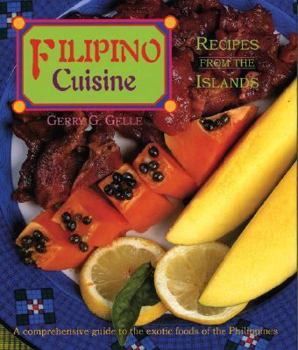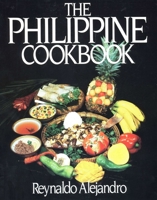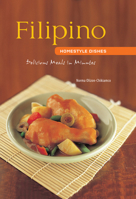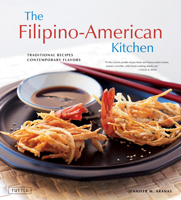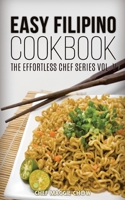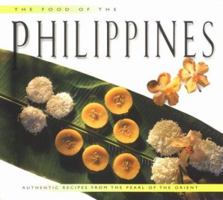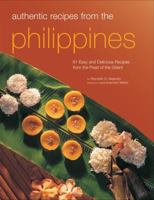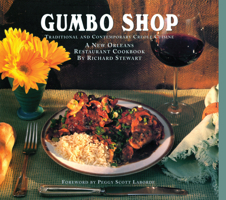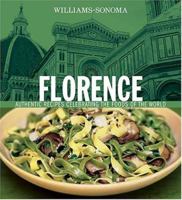Filipino Cuisine: Recipes from the Islands
Select Format
Select Condition 
You Might Also Enjoy
Book Overview
Customer Reviews
Rated 5 starsTwo Filipino cookbooks compared. This one wins!
`Filipino Cuisine' by Gerry G. Gelle is a new title that should replace the old standard `The Philippine Cookbook' by Reynaldo Alejandro, which has been out for about 22 years. Ten years ago, when I was looking for a book of Filipino recipes, it was virtually the only volume available, even making it a reference on Filipino cuisine to such major culinary writers as Raymond Sokolov in his important book `The Cook's Canon'...
2Report
Rated 5 starsThe best recipebook on Philippine cuisine yet
Here in the US, Philippine cuisine is most often summarized by the following: lumpiang shanghai, lechon (manok), pork barbeque, pancit, sinigang and adobo. If you can cook the above, consider yourself an experienced Pinoy chef; this book, fortunately, blows this notion out of the water.The book reveals a cuisine that is the amalgamation of history and geography; it features a multipage discussion on how Filipino cuisine can...
2Report
Rated 5 starsTasty
This book gives an excellent introduction to Filipino food and cooking. The author has collected and tested hundreds of traditional recipes. While I'm no expert on the authenticity of these recipes, I can say that they are tasty and not too difficult to try at home. Some of the special features are adobo (vinegar and garlic sauce), coconut recipes, purple yam recipes, and pickles. While pork is a central ingredient in...
1Report
Rated 5 starsExcellent introduction to Filipino cuisine, history
As a first generation Filipino, I have collected several cookbooks on Filipino cuisine and this by far is the best, in the format, recipes and background info on origination and regional histories. Very thorough, informative. I highly recommend it!
1Report
Rated 5 starsFinally, a cookbook to celebrate with...
What a pleasure it was to have come across this gem of a book. No longer will I need to suffer the generalisation of Filipino cuisine to "lumpia" and "adobo." This volume brings the wonderful flavors and aromas of real Filipino cooking to the general public. Perhaps we will begin to see a revolution in the fickle American palate and celebrate the one of the world's first true fusion cuisines; where else can one taste...
1Report











